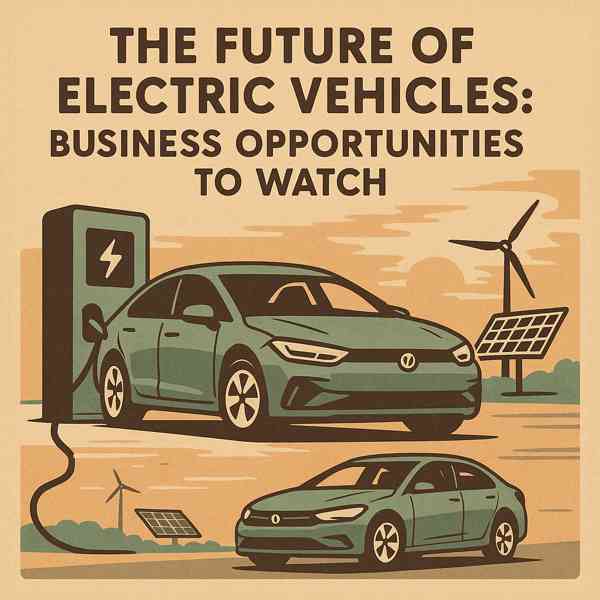Exploring Electric Vehicles: How They’re Changing the Auto Industry
Exploring Electric Vehicles: How They’re Changing the Auto Industry
Blog Article

With zero emissions and cutting-edge technology, EVs are quickly becoming a mainstream choice for personal and commercial travel.
As battery technology improves and infrastructure expands, owning an electric vehicle has never been more accessible.
Understanding EVs
Electric vehicles are powered entirely by rechargeable batteries, rather than traditional internal combustion engines.
Key components of EVs include:
- Replaces the internal combustion engine
- Usually lithium-ion or solid-state
- Manages energy flow from battery to motor
- Allows the vehicle to recharge from external sources
Electric vehicles come in various types, such as plug-in hybrids (PHEVs)—each with different levels of electrification.
Benefits of Electric Vehicles
Whether you're looking to save money or reduce emissions, EVs offer a compelling option.
Major benefits include:
- Reduced maintenance needs
- No tailpipe emissions
- Quiet and smooth ride
- Rebates and subsidies in many regions
For eco-conscious and cost-aware drivers, electric vehicles are an increasingly forward-thinking choice.
Limitations to Consider
Despite the growing popularity of EVs, they still face some challenges that buyers should consider.
EV challenges to consider:
- Shorter range compared to gas vehicles
- Charging infrastructure gaps
- Though often offset by long-term savings
- Batteries degrade over time
As technology advances and infrastructure improves, many of these challenges are becoming less significant.
Different Kinds of EVs on the Market
EVs vary by power source, range, and usage.
Main types of EVs include:
- Fully electric with no gas engine
- Electric motor with backup gasoline engine
- Self-charges through regenerative braking
- Fuel Cell Electric Vehicles (FCEVs)
Each type has its pros and cons, so buyers should choose accordingly.
How to Charge Your EV
Charging an electric vehicle is part of everyday ownership once you understand website your options.
How EVs get recharged:
- Level 1 Charging
- 240V outlet at home or public stations
- Can charge 80% in under an hour
- Wireless or inductive charging (emerging tech)
As public charging networks expand, EV owners will enjoy even more accessibility and peace of mind.
What’s Next for EVs?
As governments push for cleaner energy and manufacturers invest in innovation, the future of EVs looks bright.
Trends shaping the future include:
- Higher energy density and faster charging
- Turning cars into energy assets
- Autonomous electric vehicles
- More choices at lower prices
As innovation continues, EVs will become more dominant in the automotive world.
Conclusion
With growing demand and continuous improvement, EVs are becoming a smart option for more drivers every day.
The future is electric—are you ready to plug in?
Report this page